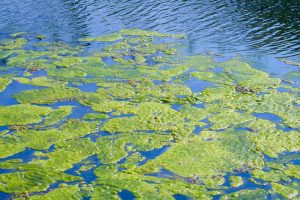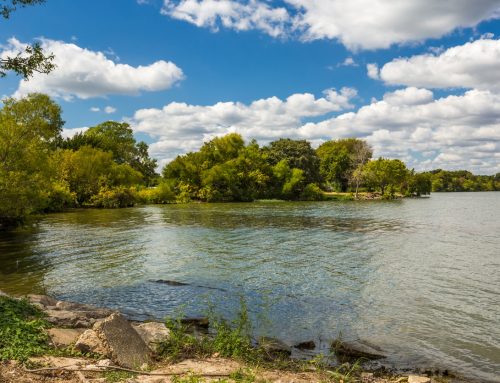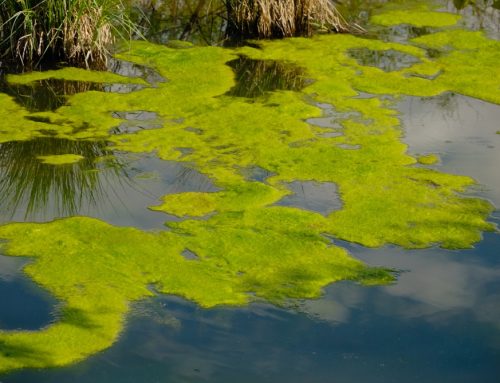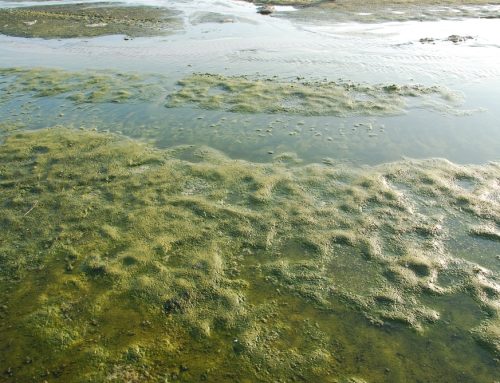Of everything you have to deal with in maintaining a lake, algae is one of your biggest burdens. It’s one thing to prevent it, and sometimes, that isn’t always possible. The process of cleaning it up can be an arduous process and unless you know what to do, it can be an even bigger burden than you’re prepared for.
How to Clean Up Lake Algae
Not sure how to get rid of algae in your lake? Check out this quick guide:
Use Natural Methods
Not all algae control methods involve chemicals. Sometimes you can actually use nature, and make it work against itself in your favor. One thing we recommend is adding plants to your lake. You need to add specific plants to ‘weed out’ the algae, and take the nutrients algae would otherwise use to take over your pond.
Use Additives
Not every additive is suited to every lake system. If you have certain kinds of fish living in your lake (and want to preserve them), then you need to use specific additives, which won’t hurt the wildlife in your lake.
Additionally, we recommend checking with your state and county to observe the regulations and restrictions they may have in place for certain chemicals. For example, Florida Fish and Wildlife prohibits the use of Copper products in water bodies under their care (Public lakes greater than 160 acres or that are environmentally sensitive). When using additive it is also critical to know the dimensions of the water body in surface acres. You can find this information in most counties water atlas online.
Additives are designed to treat specific types of algae and the quantity to be applied varies depending on the severity of the bloom. Always read the label thoroughly before deciding to apply any chemical to your waterbody. Your application should be done in parts, you should never apply any additive in sections greater than 50% of the whole volume. This will prevent unfavorable and unwanted effects like fishkills.
Fishkills is the greatest concern when treating algae due to the drop in Free Oxygen in the water that occurs from the decomposing algae and vegetation. It literally mean asphyxiating the fish in the water.
In most cases, a single treatment won’t fix your entire problem and repeat applications may be needed, this should be taken into account when estimating treatment costs. Depending on the severity, you might need a couple more applications, or several.
Searching For the Source of the Bloom
Many homeowners do not realize that they are actually strongly influencing the problem. When trying to figure out why your lake continues to have algae blooms, the first thing you should do is find out what type of fertilizer you or your landscaper is using to fertilize the nearest lawns to the lakes.
This is the single biggest most common reason for continuous algae blooms. Fertilizers that are high on Phosphorous and Nitrogen promote algae blooms by acting as growth fuel. Enriching the water with unnecessary nutrients and becoming the perfect medium for algae. If you are using high phosphorous and nitrogen fertilizers, switch as soon as possible to a low.
Additionally, it is prohibited to use fertilizers within 15ft of the shoreline in most counties. Another common reason for algae blooms is grass clippings. Grass clippings that fall into the water body also act fuel for the algae to develop, talk to your landscape providers to confirm that they are not accidently blowing all the grass clippings into the lake.
The third most common reason for algae blooms is stormwater drainage into the water body. For this, we suggest to check that there are no pipes leading from areas where the water feeding into the lake contains high nutrient levels. For example a pipe near a high traffic road. Some lake and ponds naturally promote algae blooms due to the poor water circulation, and in these cases we may recommend installing some bubblers or fountains to keep the water oxygen reach and moving through, they can also create a very aesthetically pleasing view.
Manual Removal
This method of algae removal is much what it sounds like. A lot of methods work with green water algae. When it comes to string algae, you often need more than chemicals to get rid of it. In short, it’s going to take some know how and elbow grease.
When it accumulates on the surface of the water, you often have to resort to hand removal. Typically, you’ll use a large net to scoop out the algae and prevent it from reproducing. If algae gathers on stones or walls around the lake, using a high powered hose is the best way to get the majority of it off your walls.
Conclusion
Removing algae from your lake is never easy. Your lakefront is a place to enjoy, and you shouldn’t let algae blooms disrupt your serenity, views, or activities. We understand that getting rid of algae isn’t always an easy process, and we understand how important keeping your lake in balance is.
Don’t worry, you don’t have to tackle the problems yourself. We’re experts in lake upkeep and algae removal. Our lake restoration company team at Karina Lakefront Maintenance is always happy to help you get your lake back into shape, and looking great.




